-
 Pink Pepper Gin is not made by the London Dry Gin method, instead each aromatic is macerated separately in alcohol then distilled under low pressure and temperature, to create concentrated aromatic extracts. The recipe includes hand-picked Spanish pink... Read more
Pink Pepper Gin is not made by the London Dry Gin method, instead each aromatic is macerated separately in alcohol then distilled under low pressure and temperature, to create concentrated aromatic extracts. The recipe includes hand-picked Spanish pink... Read moreNV 44% ABV 70cl
-
 Gin, meet Wine. Classic NZ Sauvignon Blanc flavours of passionfruit, green apple, gooseberry, and lime. Read more
Gin, meet Wine. Classic NZ Sauvignon Blanc flavours of passionfruit, green apple, gooseberry, and lime. Read moreNV 37.5% ABV 70cl
-

-
 Raspberry aroma on the nose, with suggestions of freshness and juniper coming through. Dry on the palate with hints of raspberry, resulting in an especially smooth finish with slight spice that develops and lingers. Read more
Raspberry aroma on the nose, with suggestions of freshness and juniper coming through. Dry on the palate with hints of raspberry, resulting in an especially smooth finish with slight spice that develops and lingers. Read moreNV 37.5% ABV 70cl
-

-

-
 A lively, bright nose with a long, complex and well balanced mouthfeel with a barely perceptible alcohol bite. Read more
A lively, bright nose with a long, complex and well balanced mouthfeel with a barely perceptible alcohol bite. Read moreNV 40% ABV 70cl
-
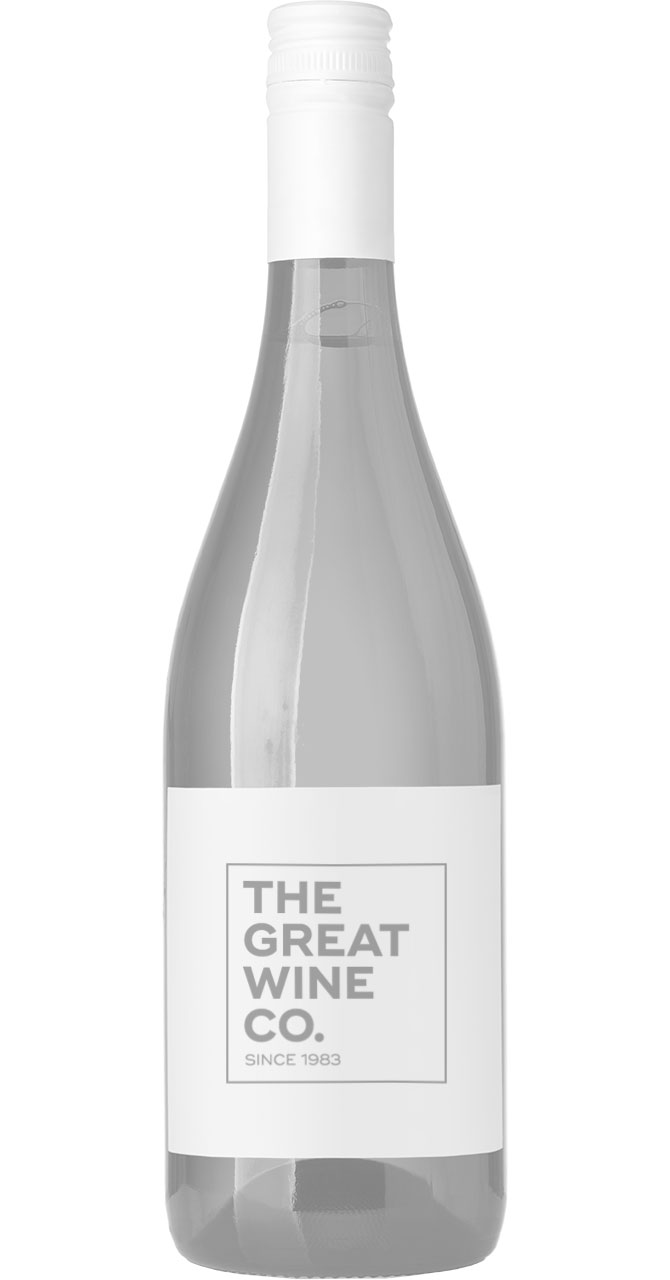 Fresh Limes and Ginger Root from the Victorian Hothouse together with English Rose Water make this gin a drink of true distinction. Read more
Fresh Limes and Ginger Root from the Victorian Hothouse together with English Rose Water make this gin a drink of true distinction. Read moreNV 43% ABV 70cl
-

-

-

-

Gin
Glorious Gin and Tonics, crisp Martinis and rich Negronis – as a spirit Gin offers some of the best cocktail options. Have a browse through our collection to find the perfect Gin for you!

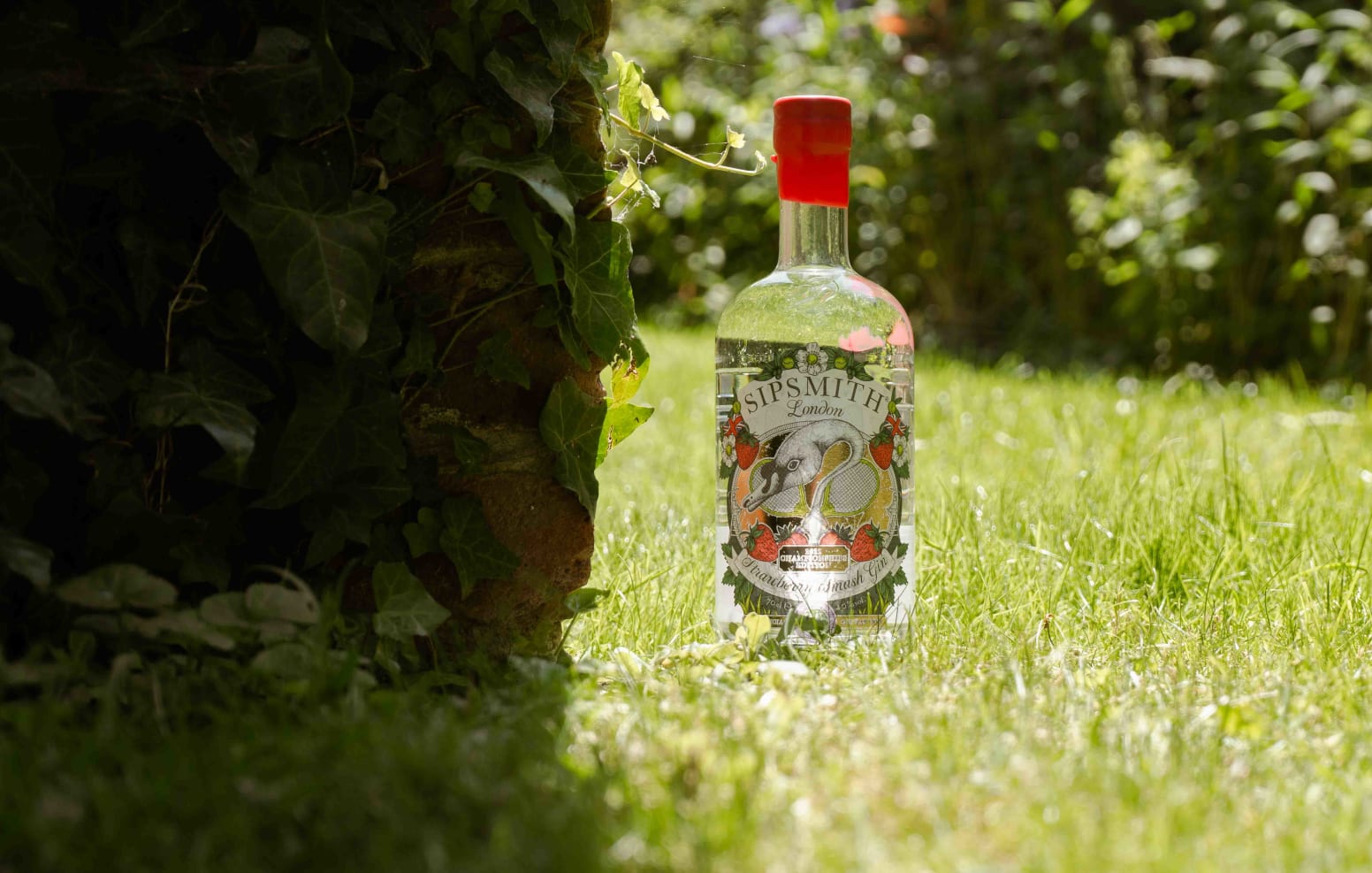
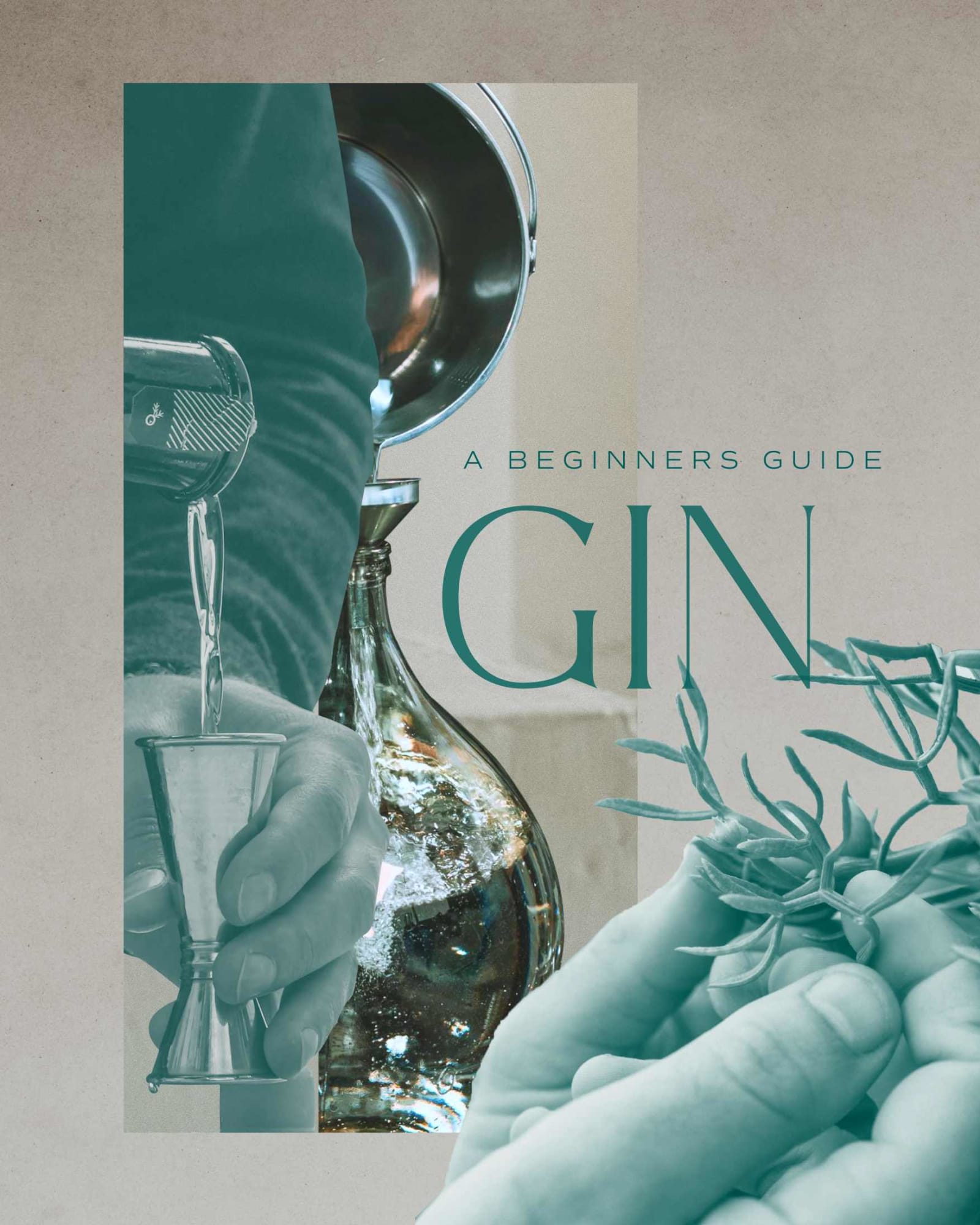
A beginner's guide to Gin
Hundreds of brands, thousands of expressions and endless flavour delights to be found in the glass – Gin is one of the most creative and compelling spirits categories. Here’s a mini gin guide to help direct you towards the perfect match for you.
Let’s start with some basics. Gin is a spirit made from a neutral spirit (think crude vodka) that’s been redistilled with botanicals including juniper, coriander seed, angelica root, herbs, citrus peels like lemon and orange, spices like cardamom and cassia, and more.
The originality of recipes and the huge array flavour possibilities are what make Gin endlessly interesting for makers and why there are thousands of gins available in the UK.
But in all that diversity – the pine forest, woody flavour of juniper is at the heart of it all. Juniper defines gin’s flavour. It is the soul of the spirit and the heart of all recipes.
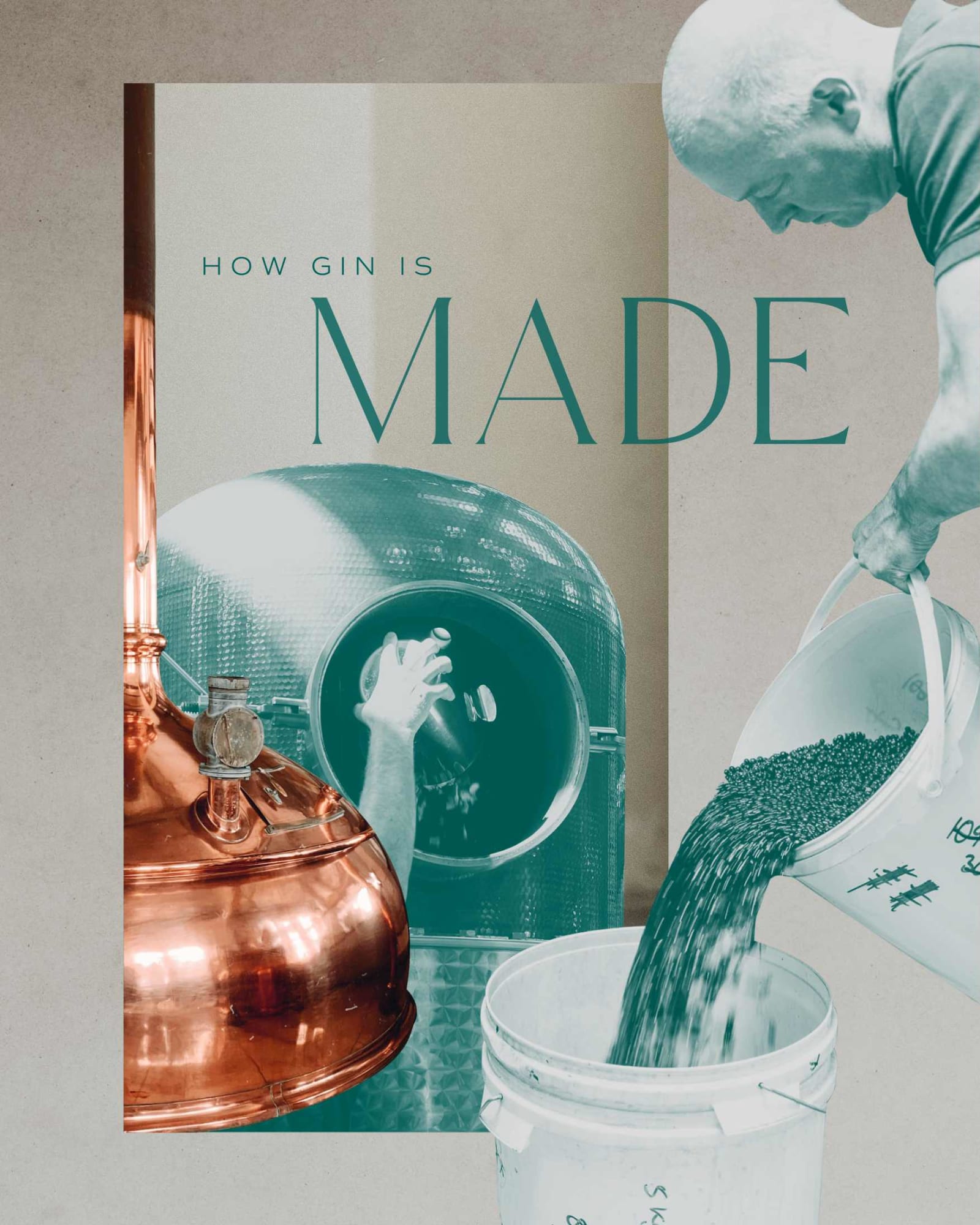
How do you make Gin?
There are EU regulated laws that all producers must abide by, but they leave a lot of scope to play with and you can make gin in many ways.
In its simplest form, it is possible to just infuse botanicals into a neutral spirit and once filtered out – you have gin. These are known as cold compounded or “bathtub” gins.
The two most common methods to make gin is to steep botanicals in neutral spirit and redistil it, or to suspend botanicals in a vapour basket and allow the flavours infuse into the spirit as it travels through.
Most producers use one or both techniques and distil using copper pot stills. Craft distilling movement has evolved so much in the past decade however, that cold distilling techniques and equipment such as rota evaporators, ultrasonic macerations and more has meant that science is rapidly evolving what’s possible for a new generation of ginsmiths.
This is why new gins are still emerging – the only limit to gin is the limit of a distiller’s imagination and if they are able to extract the flavours they want from their botanicals. The category never stops evolving!
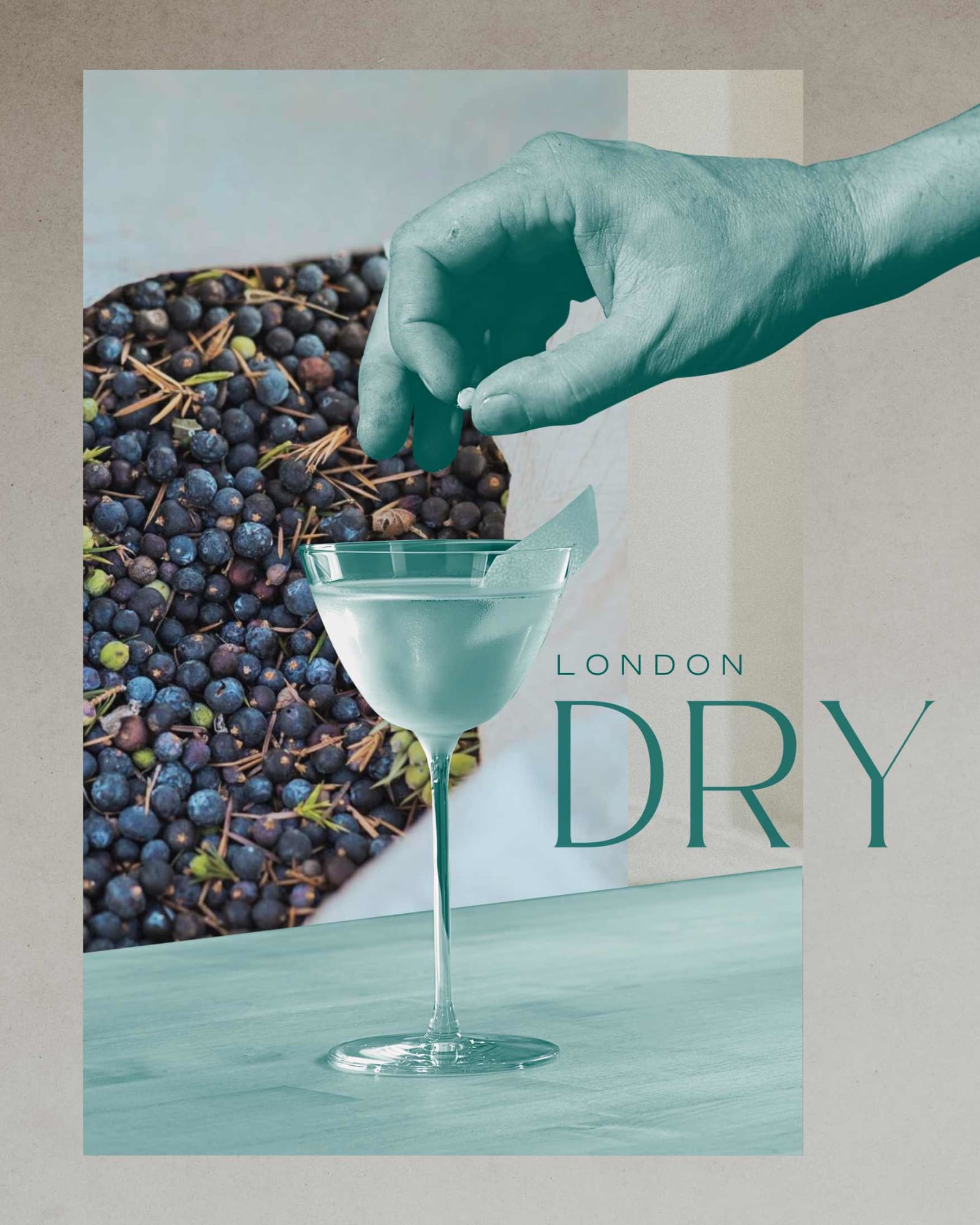
London Dry Gin
London Dry Gin is a style of gin that, contrary to popular belief, does not refer to any particular place. London Dry Gins are made all around the world and the term refers to the method of distilling.
It means that very specific legislation around the distillation were adhered to. These rules include using a neutral base spirit that has been distilled to at least 96% ABV, that all the botanicals used are natural and distilled (no post infusions or added flavourings can be used) and certain minimum ABV criteria during the cuts and end bottling have been met.
From a drinker’s perspective - what it all amounts to is that when you see that a gin bottle has London Dry, it means that you are getting a fully distilled product with no additives, ever.
Often because of the traditional rules the distiller has to abide by, the historic nature of the term and the traditional expectations around the expression London Dry, the type of flavour profile many producers chose to make for their London Dry Gin is classic (juniper forward).
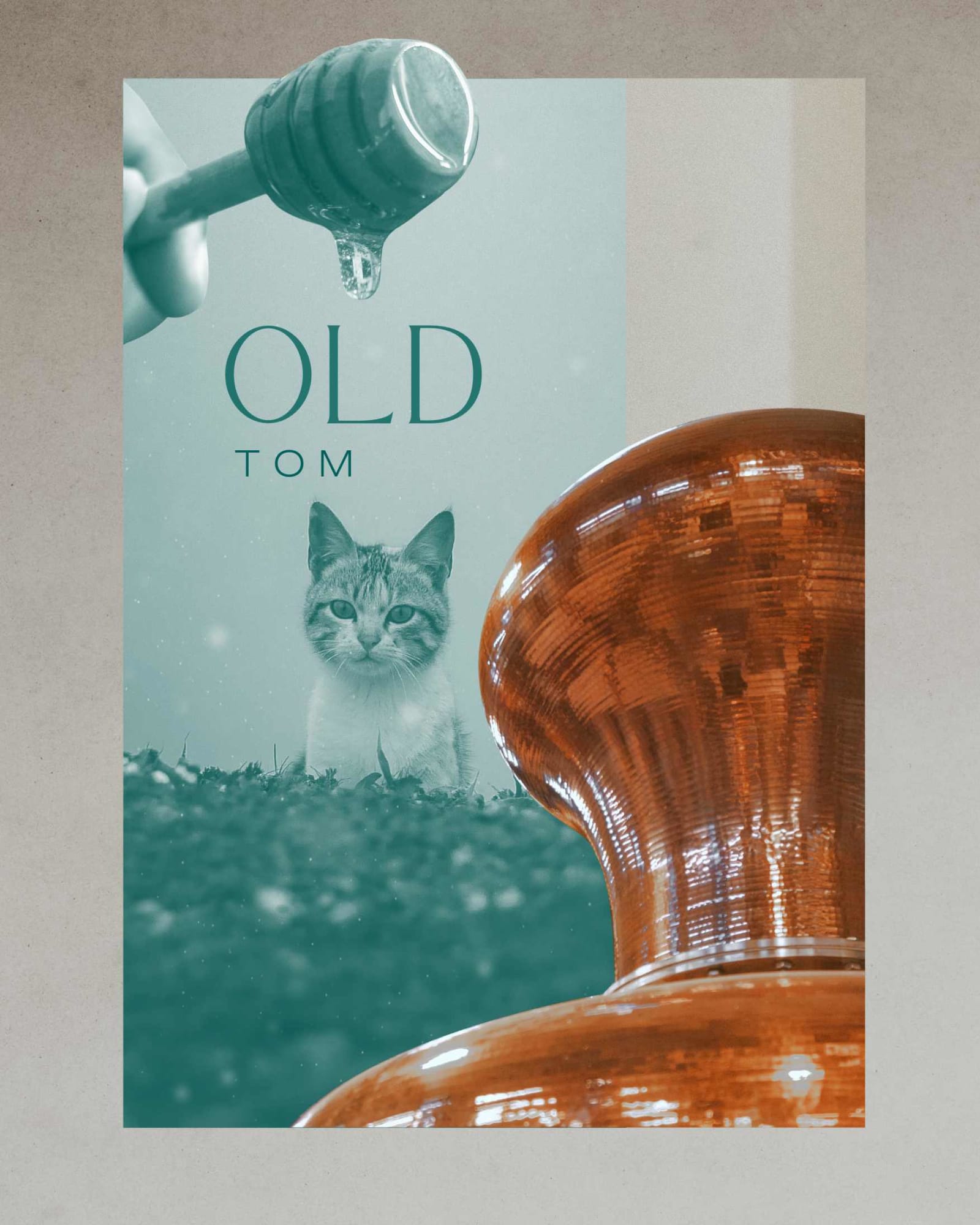
Old Tom Gin
Old Tom is a botanically intense, sweetened style of gin that’s perfect for cocktail lovers.
As a historic style of gin, Old Tom evolved over the centuries. It was born out of a necessity to mask the harshness of the base alcohol used at the time. Although there are stories of characters in the 18th century, Old Tom is a term that first appeared in Victorian era as a byword for the good stuff. Because of when it appeared in history (and the coarse base spirit that was once used), it is often considered as the bridge between Dutch Genever and London Dry Gin.
For the early Old Tom Gin recipes, the sweetness was mostly botanically derived as distillers used liquorice root and other ingredients to reach the desired profile. As sugar became cheaper over the century, its use started to become more prevalent.
Today, not only has that base spirit become delightfully clean and crisp (no need to mask anything!) you can find both – Old Tom Gins that have been sweetened through the use of liquorice root during distillation, and others that add a touch of sugar once made.
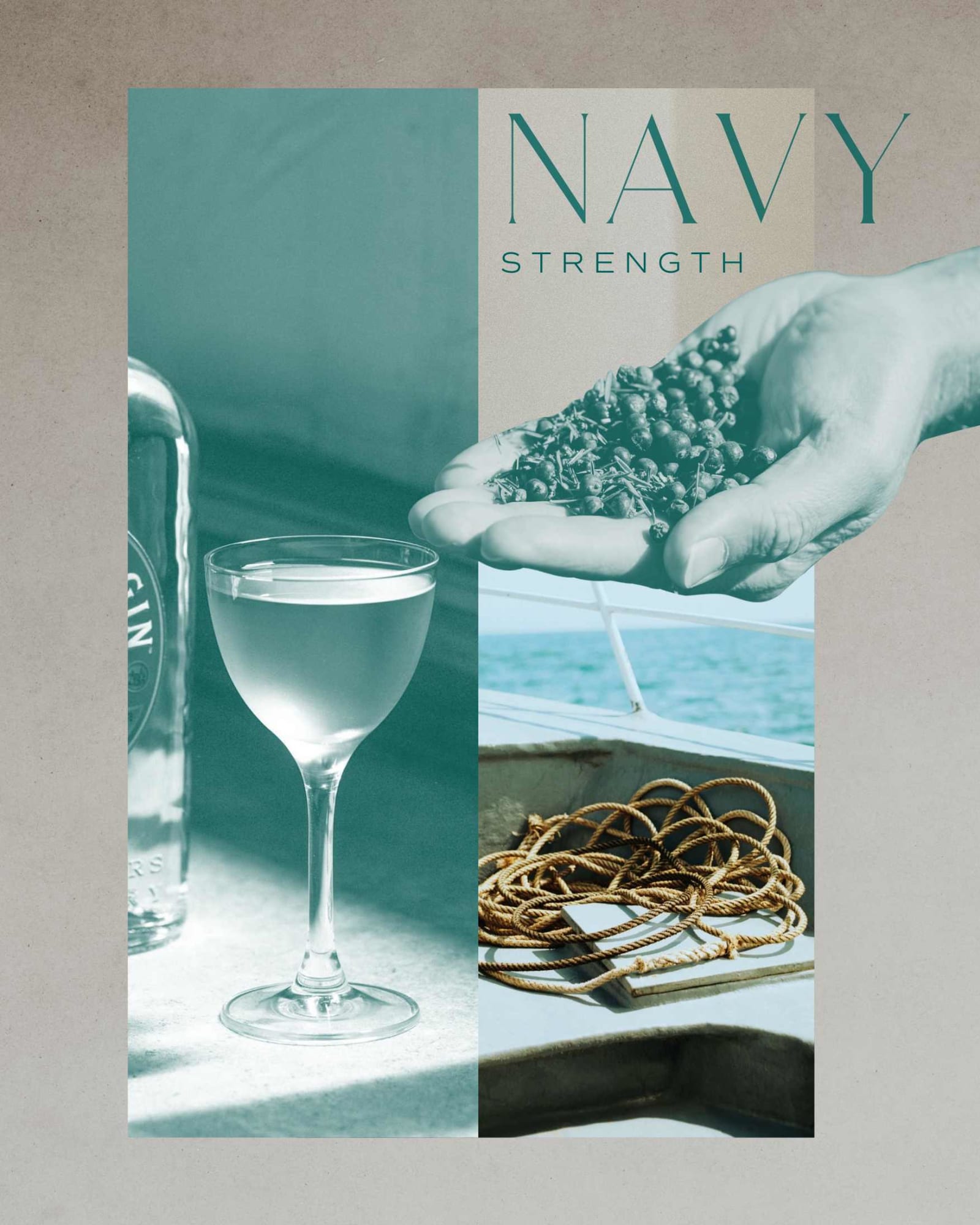
Navy Strength GIn
Navy Strength Gin is the term used for higher proof gins. Most Navy Strength gins are bottled at 57% ABV as a nod to how the Royal Navy used to carry its alcohol onboard.
While Gin and the British Navy have a storied association, the term itself was actually fist coined in 1997 when Plymouth Gin placed it on their bottle as a way of explaining the heritage and reason for the higher ABV.
Navy Strength Gin is a style that's bound by a shared “overproof” ABV and isn’t defined by a particular flavour. That said, due to the way botanicals present themselves differently at different strengths, they are typically juniper forward (pine, spruce, woody) and have pronounced spiced notes.
They are ideal gin choices to make the likes of a Negroni or a Gimlet.
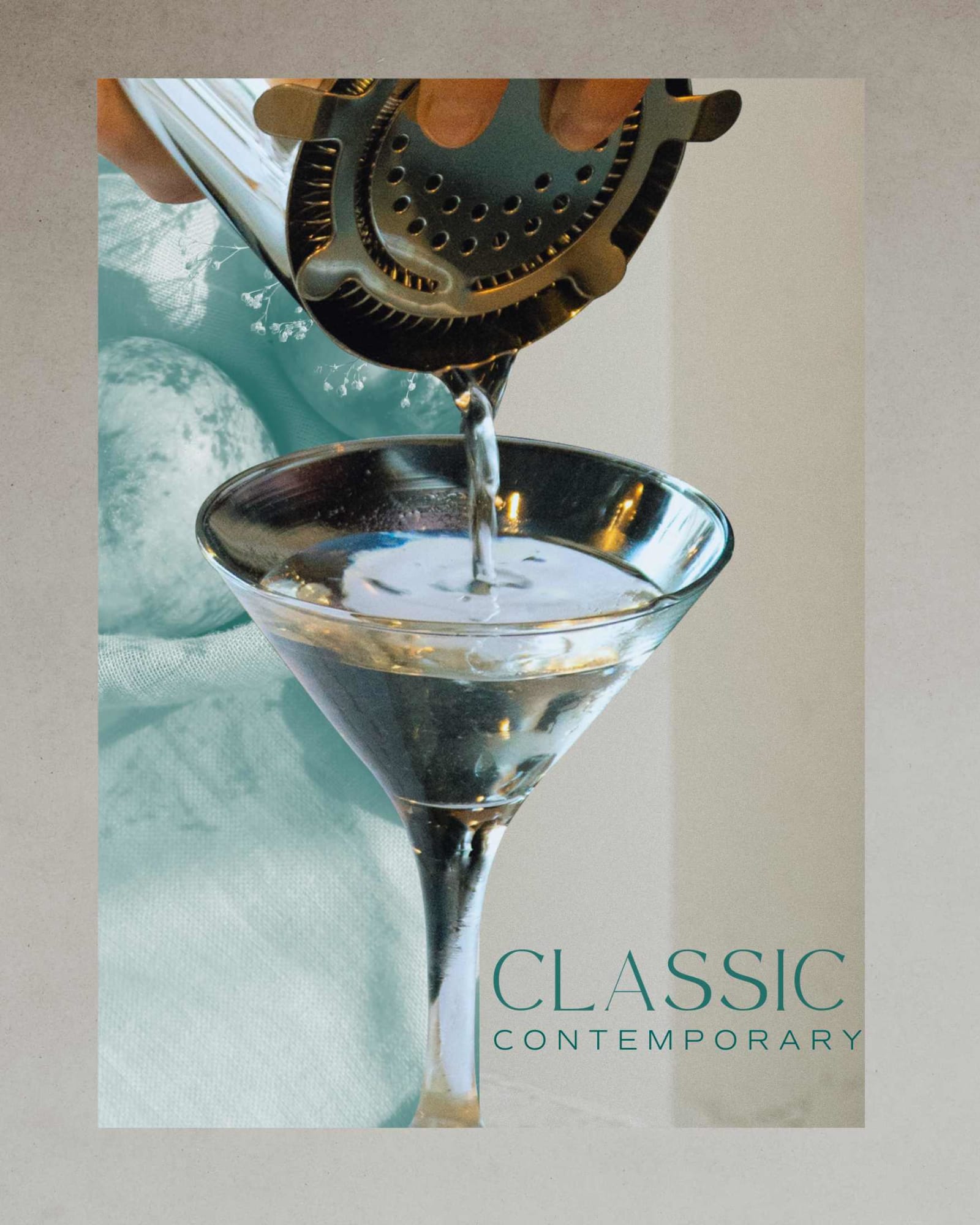
Classic and Contemporary Gin
While Classic and Contemporary aren’t universally accepted Gin categories, they are terms that have become commonplace due to the way they have been established in major spirits competitions.
They are defined not by a style of production nor a historic reason, but by flavour.
Classic gins are traditional. That means they are likely to have a big juniper note running throughout. Classicism in this sense is about juniper predominance.
Contemporary Gins on the other hand are lighter on the juniper, often allow other botanicals to shine bright and even, for an alternative base spirit (such as grape, apple or rice) to be discernible. Contemporary gins make up the majority of craft gins released since 2016.
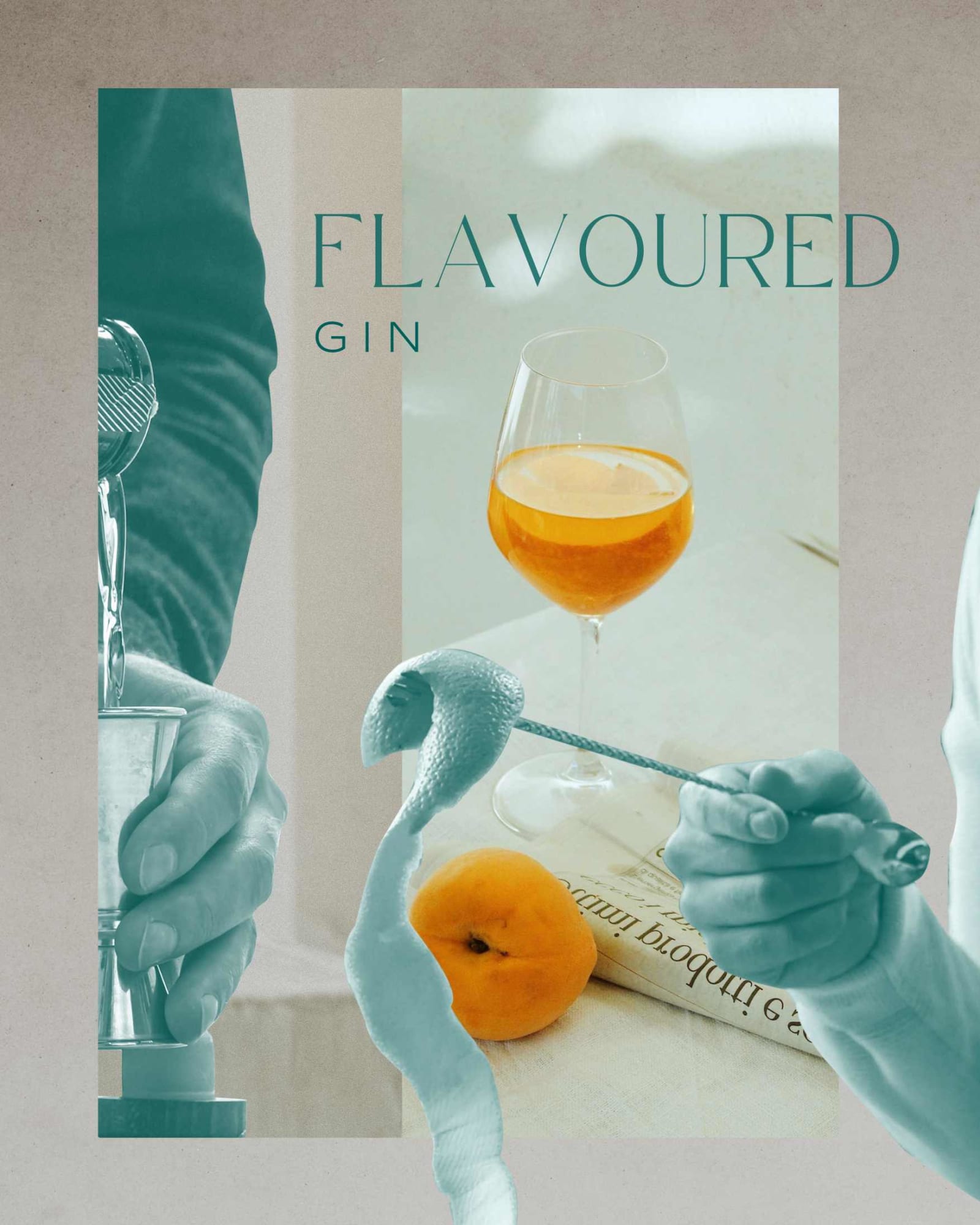
Flavoured GIn
Although there are historic bottlings that existed, Flavoured Gin has only really become part of the gin category in recent years (primarily due to the rise of Pink Gin).
We define Flavoured Gin as a gin where juniper is no longer the principal botanical and where other ingredients are allowed to take the lead throughout the flavour journey. Most are infused after distillation, which is why Flavoured Gin is a subcategory that’s a rainbow of colour, and why you can expect to have the lead flavours such as strawberry, orange or rhubarb articulated on the label too.
What separates Flavoured Gins and contemporary gins is that a contemporary gin is typically dry and wants to be interpreted as a gin (it still has clear discernible juniper), whereas Flavoured Gin is used as a way of suggesting that juniper does little in the overall mix. Flavoured Gins are also often sweetened.
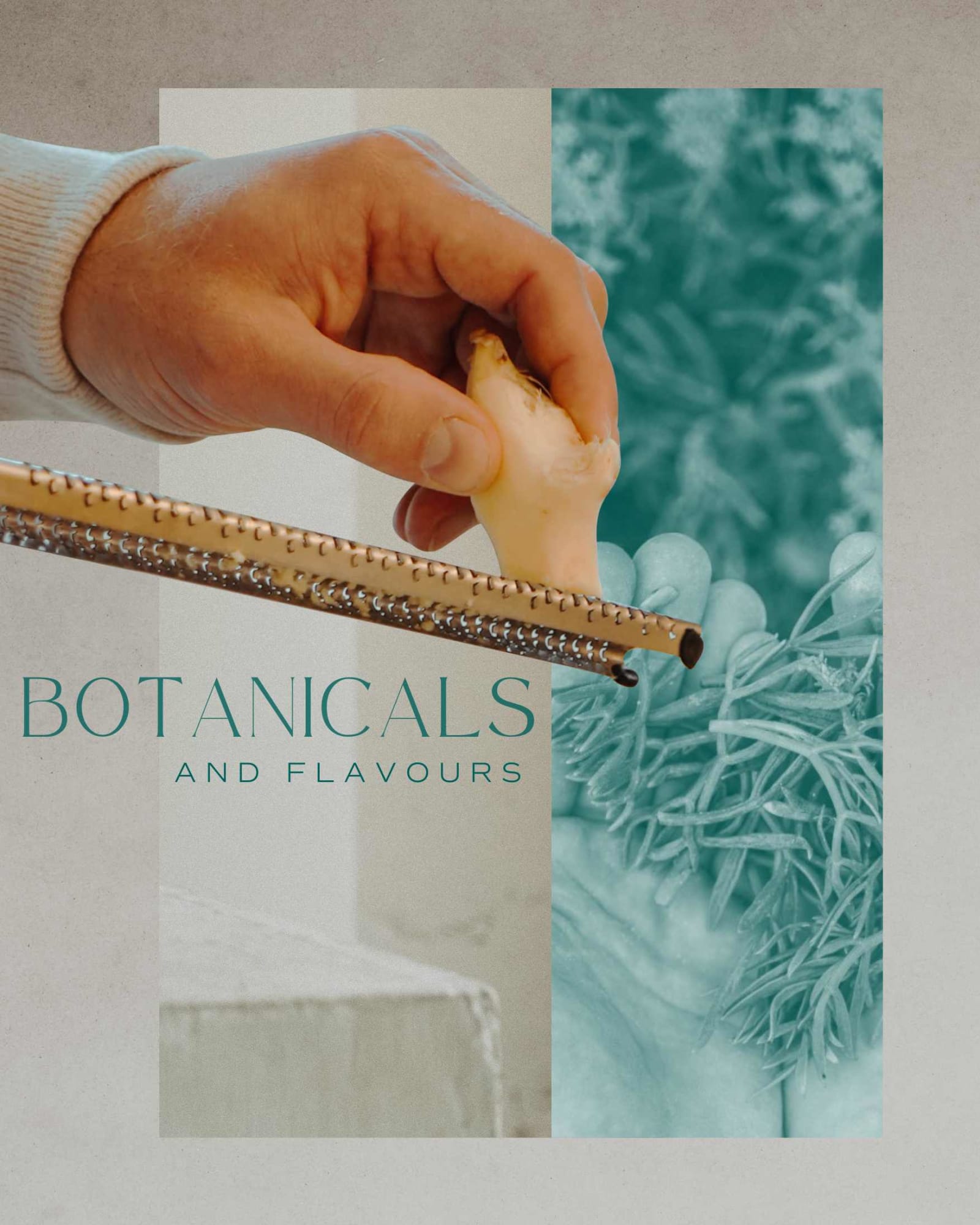
Gin Botanicals & Gin Flavours
Because of the hundreds of botanicals used, there are gins to suit every flavour preference and every palate.
Citrus forward gins are common, with lemon, orange and grapefruit a big part of both dry gins and flavoured variants. Fruit forward gins tend to be infused after distillation, but the use of hedgerow berries such as hawthorn, buckthorn is commonplace, while florals like lavender, chamomile and rose add a perfumed note to many gins.
Gin is by default herbal and woody because of juniper, but it can be accentuated by producers using rosemary, sage, seaweed and more, while roots and barks tend to be used sparingly to add depth to the profile. Spiced botanicals from coriander seed, aromatic cardamom or fiery cassia are frequently used to make spicy gins too.
If in doubt as to what you like in a gin, search for a gin that is described as classic and add the flavour accent through a garnish in a G&T. That way you have a versatile gin that can be tilted towards citrus through zesting a peel or made more savoury by adding a sprig.

Gin Cocktails
Some of the most famous cocktails of all time feature gin as the main ingredient. Why? Because Gin is delicious.
Great gin cocktails to make at home include the Gin and Tonic, the Martini, the Tom Collins, the Negroni and the Gimlet.
There are dozens more classic cocktails that most bartenders will be able to recite by heart and the reason is that gin has such a variety of flavours to work off. Bold juniper makes for a great anchor in aperitif style drinks, the floral and light citrus adds an inviting aroma for more delicate creations, while the herbal and spiced tones can add striking complexity to a cocktail.
Just like a prism of glass does for light – the best gin cocktails take a clear input and find a way to refract its spectacular kaleidoscope of flavour sensations back to those lucky enough to be drinking it.
